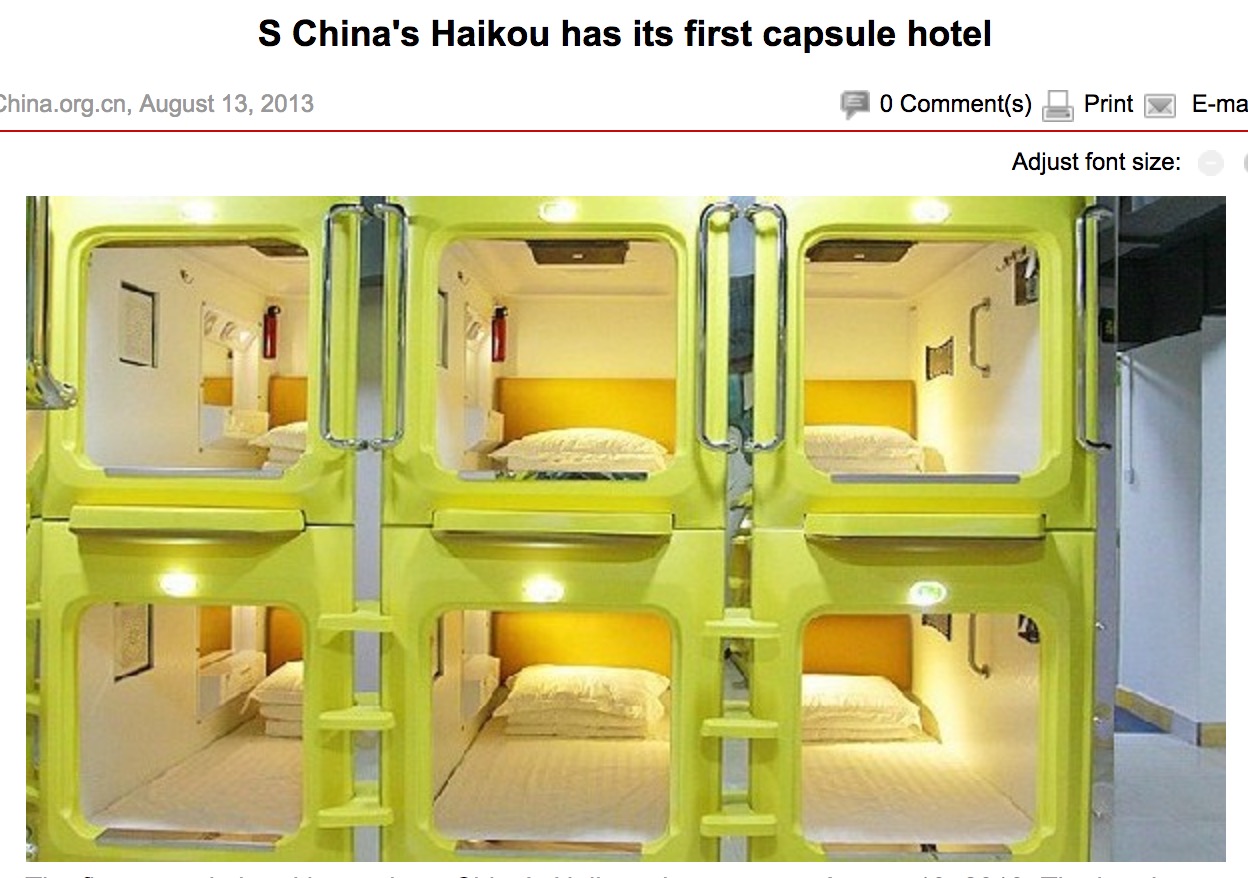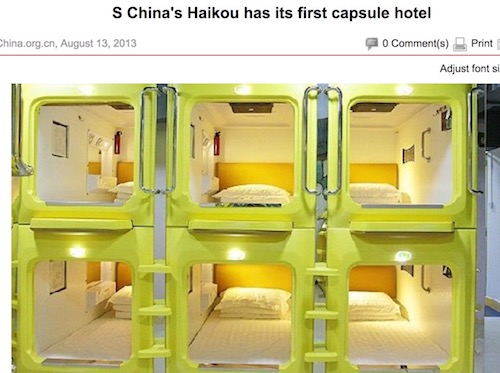Lincoln-Douglas debaters already have a right to housing along with the benefits and constraints. Free housing comes with strings attached.
He (or she) who “pays the piper calls the tune.” When we turn the music up too loud, parents, siblings or both complain. In our parent’s home we can be told what to do and when to do it. We can be told not to drink or smoke. Parent housing policies are paternalistic, as expected when we live in our parent’s home.
Children and teenagers have housing rights and responsibilities provided primarily by parents, and secondarily by extended family or various local and state government housing agencies and foster care programs. And like a “right to life” that makes suicide a crime, students exiting their “right to housing” can be pursued by police and returned home.
For the March/April LD topic, students are asked to discuss and debate housing rights for the broader public:
Lincoln-Douglas Debate – 2017 Mar/Apr
Resolved: The United States ought to guarantee the right to housing.
How can affirmative debaters advocate a right to housing without creating (or expanding) a paternalistic system? Online definition of paternalism:
the policy or practice on the part of people in positions of authority of restricting the freedom and responsibilities of those subordinate to them in the subordinates’ supposed best interest.
“Eye on Ethics: The Challenge of Paternalism in Social Work,” (Social Work Today, January/February 2005) addresses the challenge of trying to help without exerting too much social control:
To what extent do clients have the right to engage in seemingly self-destructive courses of action? How should social workers respond … To the homeless individual who prefers sleeping in subfreezing temperatures to temporary housing in a shelter?
Such circumstances force social workers to balance their commitment to clients’ right to self-determination and their instinct to protect clients from themselves, or what moral philosophers refer to as paternalism. Paternalism occurs when social workers interfere with individuals’ right to self-determination to protect them from self-harm. The concept of paternalism has been debated at least since Aristotle’s time. Perhaps the best-known statement on paternalism appears in John Stuart Mill’s 1859 essay “On Liberty,” where he argued that individuals have the right to assert sovereignty over their own lives so long as they do not pose a threat to others.
When housing is free or subsidized, freedom to do what one wants is limited by parents, landlords, government agencies, or housing nonprofits. Consider the challenge of offering free or heavily subsidized housing to single-parent families. Society wants to help children especially, and it’s difficult for single mothers to both care for young children and work full time. A grandparent, boyfriend, or husband can make life easier, but can also abruptly end housing and other subsidies.
Housing and other benefits can create a “welfare cliff” where better wages can make families poorer. “Making Work Pay in Illinois: How Welfare Cliffs can Trap Families in Poverty,” (Illinois Policy Institute, a conservative state think tank), notes:
For single-and two-parent households in Illinois, there is a significant welfare “cliff” where the household may become worse off financially as they work more hours or as their wages increase. That is because the available welfare benefits decline by a greater amount than the increase in earned income.
This study analyzed a potential welfare benefits package for single- and two-parent households, both with two young children, in Cook, Lake and St. Clair counties. The potential means-tested benefits included tax credits, cash assistance, food assistance, housing assistance, child-care subsidies and health care.
Critical of the “welfare cliff” narrative is: “Ryan’s “Better Way” Poverty Plan Is Based On Myths From Right-Wing Media,” (MediaMatters, June 8, 2916), offering links to articles critical of claims that less state and federal benefits would incentivize and thereby help poor families. From “Federal Programs Are Working, But Growing Economic Inequality Strains The System”:
Bernstein reported that War on Poverty programs had successfully reduced poverty rates for tens of millions of Americans — especially the elderly, who were particularly susceptible to elevated poverty rates before the creation of Social Security and Medicare. He also noted that growing economic inequality — among other factors — was increasing the strain on the programs and causing poverty rates to remain artificially high, making them seem less effective than they really are.
Americans on average enjoyed tremendous economic gains through the 1950s and 1960s. The U.S. economy expanded steadily and as Social Security benefits increased for the elderly and Lyndon Johnson’s Great Society programs launched the “War on Poverty.”
Americans on average enjoy much larger houses than in the past. How is it that housing options for today’s poor (who though poor then to be wealthier than poor people in the past), lack access to housing?
An article on “Housing” (Concise Encyclopedia of Economics) reports:
The average U.S. consumer now enjoys a larger and higher-quality home than ever before. In 2001, the average home was 1,693 square feet, while in 1960 it was less than 1,200 square feet. In 2001, 58 percent of homes had three or more bedrooms, and 57 percent had 1.5 or more bathrooms. Compare that with 1970, when fewer than half of homes had three or more bedrooms and only 30 percent had 1.5 or more bathrooms. Housing amenities have also improved.
And…
in 1970, only 36 percent of homes had air conditioning and 11 percent had central air. Housing has improved almost across the board. … The improvement has been especially dramatic for low-income households. University of California at Berkeley professors Quigley and Raphael (2003) report that the percentage of homes occupied by the poorest one-fifth of income earners that have incomplete plumbing declined from 40 percent in 1963 to essentially zero today.
The authors argue that regulatory restriction constrain low-income housing options:
In addition to land-use restrictions, governments drive up housing prices for lower-income families by dictating improvements in housing quality that the families might not otherwise choose. Governments do this by, for example, setting minimum lot sizes. Also, the federal government’s urban renewal program between 1949 and the early 1970s destroyed more than 600,000 low-income dwellings, replacing them with 250,000 homes that were mostly for middle- and upper-income buyers (O’Sullivan 1996). Martha Burt’s 1992 study found that urban renewal’s destruction of low-quality, low-cost residential hotel rooms in U.S. central cities contributed to the rise of homelessness.
Single-Room Occupancy (SRO) hotels have mostly disappeared. “A shifting SRO scene: When the housing of last resort disappears,” (Chicago Reporter, December 27, 2013):
As housing demand accelerates on Chicago’s North Side, another trend has emerged: Single-room occupancy units are being converted into upscale hotels and apartments, pushing out longtime low-income residents who have few other housing options.
ONE Northside, an Uptown community-organizing group, estimates that 14 North Side buildings that once provided affordable housing to low-income people have been sold since 2011. That’s a net loss of around 2,205 affordable units, which are designed to cost low-income renters no more than 30 percent of their income.
San Diego and other cities have tried to reduce regulations and zone restrictions to allow new SRO hotels to enter the marketplace for low-income residents. “San Diego looks to revive SRO housing,” (Public Square, June 1, 2004):
Facing a worsening shortage of inexpensive housing, officials in San Diego are devising a plan aimed at spurring construction of tiny, single-room occupancy units known as SROs.
Susan Tinsky of the San Diego Housing Commission says development of SROs surged in the late 1980s and early 1990s. “Probably 30 to 40 developments” containing a total of 3,000 units were built, she says. The best of them became exemplars of walkable, mixed-use urban design. Though the units are small and austere, without full kitchens, and in some instances with bathrooms down the hall, the typical downtown SRO building “really fits with the historic architectural designs that already existed,” Tinsky says. “It doesn’t stand out.”
The reason San Diego SROs surged in the late 1980s and early 1990s was that special waivers were passed allow developers options to build smaller and less expensive housing (without parking and 220 volt electricity, for example).
This article from 1988 tells the story. “In San Diego, the Developers Profit As Homeless Get Low-Cost Housing,” (New York Times, September 6, 1988):
By relaxing its building codes and offering low-interest loans to builders, the city has made it profitable again for private developers to build and operate single-room occupancy hotels, S.R.O.’s, long reviled as flophouses and shut in New York and other places. Such hotels are making a comeback not only in San Diego but also in Pittsburgh, Atlanta, Los Angeles, Chicago and other cities across the country as a remedy for the growing problem of homelessness.
”We used to say tear down S.R.O. hotels,” said Judith F. Lenthall, a senior planner for the city of San Diego. ”Now we are saying they are not so bad. This is last-rung housing. If you lose that, you are on the street.” Rents Begin At $220.
It is worth asking: “Are micro-apartments a revolutionary trend? Or are developers exploiting an out-of-control market?”
And Seattle’s later story of regulating away very small apartments: “How Seattle Killed Micro-Housing: One bad policy at a time, Seattle outlawed a smart, affordable housing option for thousands of its residents.”
SRO and micro-housing along with the tiny house movement, lower housing costs as they reduce housing space and costs. For low income people and families, small housing is better than no housing, and usually preferred to shelters and government housing.
Hotel rooms can get a lot smaller too, if local regulators allow. Consider “China’s capsule hotel: A room with no view.” (Baltimore Sun, August 12, 2013)
For 61 yuan or $10 U.S. the newly opened capsule hotel in Haikou, south China’s Hainan province, offers guests some amenities in a very small space. The hotel covering 200 square meters has 26 capsules stacked into two rows. The length and width of a single bed, the capsules are equipped with ventilating fans, flat-panel televisions, wi-fi and a foldable table.
S China’s Haikou has its first capsule hotel (China.org.cn, August 13, 2013)

